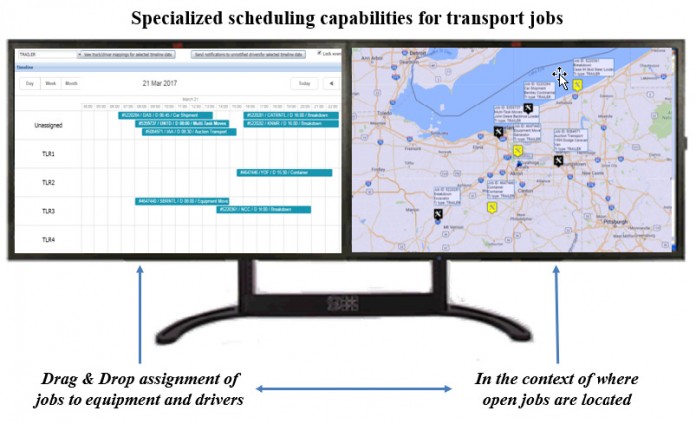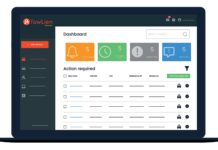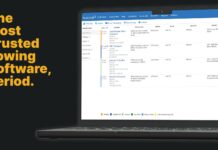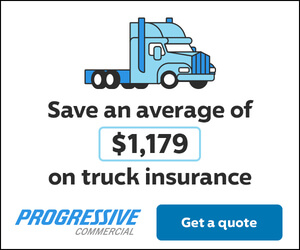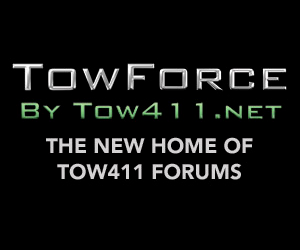Ranger delivers a complete tow management solution (TMS) for LD towing and roadside assistance – from call-taking (including DD connections with motor clubs), to proprietary, best-in-class GPS tracking/mapping, to storage lot management (with QR code facilitated physical inventory management) to accounting (with multiple process options to link pricing and payments to QB). In addition, there are options for reaching your local market customers directly, by-passing those in the middle.
From Ranger’s founding in 2004, the requirements for Heavy Duty applications has been an integral part of the TMS design. Specialized capabilities are included for:
• Transport and Heavy-Duty Hauling applications, and
• Heavy Duty Towing
Transport and Heavy-Duty Hauling
Markets: Ranger serves customers in three distinct lines of business:
 Equipment Moves: This is often construction and large agricultural equipment. However, it could also be generators or large fabrications, or “base camps” for agencies responding to a natural disaster
Equipment Moves: This is often construction and large agricultural equipment. However, it could also be generators or large fabrications, or “base camps” for agencies responding to a natural disaster
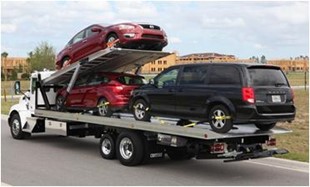 Vehicle Transport: The most common application is hauling cars to a central auction location or scrap yard. But it could also be for relocating vehicles among a network of collision repair shops to achieve their business objectives for load leveling
Vehicle Transport: The most common application is hauling cars to a central auction location or scrap yard. But it could also be for relocating vehicles among a network of collision repair shops to achieve their business objectives for load leveling
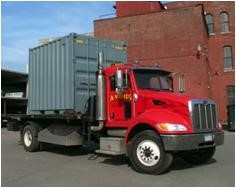 Containers: With the growth of multi model transportation, there are increasing opportunities to transfer containers and specially designed shipping trailers to and from rail facilities, warehouses, and company loading docks
Containers: With the growth of multi model transportation, there are increasing opportunities to transfer containers and specially designed shipping trailers to and from rail facilities, warehouses, and company loading docks
The common thread among these lines of business is the opportunity for the advance planning of operations.
Benefits: The capabilities in Ranger offer customers a range of distinctive benefits
• Optimize truck utilization and scheduling, including backhauls
• Insert “last-minute” customer requests/changes – easy rescheduling
• Alert/prepare drivers the evening before the scheduled job, including implications for time of departure
• Reduce hassle for dispatchers – auto-assignment of jobs to drivers
• Track and invoice multi-task jobs leveraging the capabilities of the mobile device (load, pick-up, drop-off)
• Identify and resolve issues while they are still small, e.g., a missed on-time departure by a driver
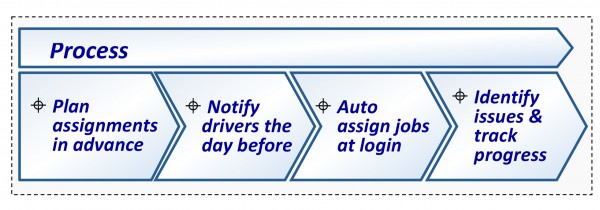 Process: Step 1 – Planning
Process: Step 1 – Planning
The drag & drop planning process aligns jobs/assignments with trucks and drivers. New jobs are entered like other tow jobs along with the scheduled arrival time. These jobs are shown as horizontal bars in the planning grid. To assign, the bars are moved from the top row (Unassigned) to a designated truck (then Assigned). The “hover over” on each bar provides the Transport Manager with details on the load, required truck or trailer type, the pick-up location, and the promised arrival time.
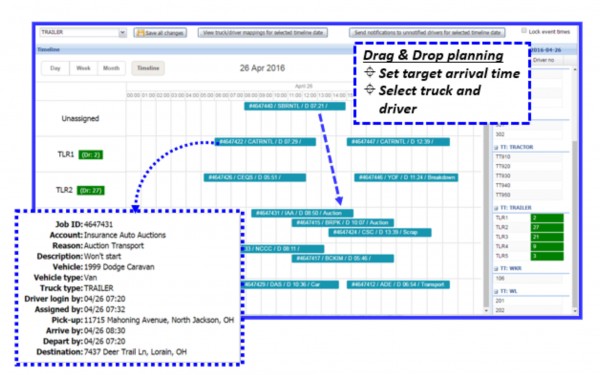
Where multiple loads are anticipated – e.g., cars to auction – managers can simultaneously view the pick-up location of open and currently scheduled jobs to optimize truck assignments (e.g., which cars to pick-up with the 4-car carrier vs. a rollback).
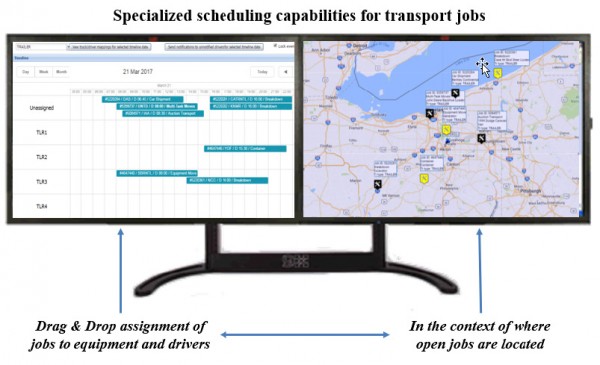 The assignment of drivers to trucks is also a drag & drop “mapping”
The assignment of drivers to trucks is also a drag & drop “mapping”
Process: Step 2 – Notify Drivers the Day Before
This step is “one-click”. By clicking the “Send Notification” button, Ranger will automatically forward the calls assigned to a driver, to the driver’s cell phone – typically a text message.
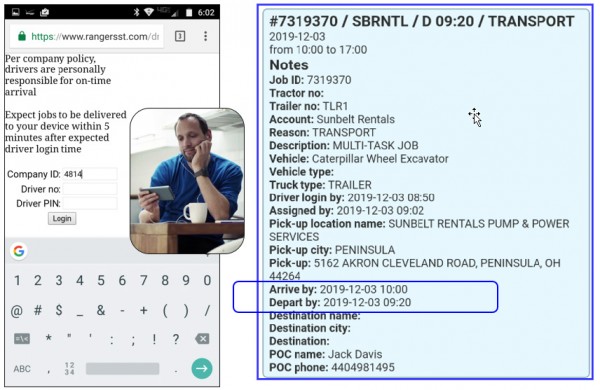 The driver simply clicks on the link in the text message, logs in, and can then view his assignments for the next day. Importantly, the driver knows both what equipment (truck, trailer) to use, and the system-generated departure time. Most companies make on-time arrival the responsibility of the driver, however Ranger provides some guidance on the needed departure time. For example, it would be common for the Transport Manager to configure a rule such as distance divided by 45 mph, + 30 minutes (as a safety factor).
The driver simply clicks on the link in the text message, logs in, and can then view his assignments for the next day. Importantly, the driver knows both what equipment (truck, trailer) to use, and the system-generated departure time. Most companies make on-time arrival the responsibility of the driver, however Ranger provides some guidance on the needed departure time. For example, it would be common for the Transport Manager to configure a rule such as distance divided by 45 mph, + 30 minutes (as a safety factor).
It is also common for the Manager to receive a customer request that alters the plan – often within minutes of sending the notifications. While frustrating, it is not a big problem. The Manager can adjust the schedule as needed, click the “Send Notifications” button again, and only those drivers that are affected by the change will be re-notified.
Process: Step 3 – Automatic Assignment of Calls to Drivers
Since Ranger has calculated the suggested departure time, the TMS “knows” when to expect a log-in by the driver. The Ranger TMS starts watching for the driver log-in, and when received will automatically send the driver’s job(s) for the day to the driver’s mobile application – CommLinkTM. This is the same mobile app that is used for other towing (with navigation and picture-taking – e.g., the Bill of Lading).
The automatic assignment eliminates the frequent morning congestion in Dispatch. The “routine” is handled by the Ranger TMS – dispatchers can focus on the exceptions.
A frequent use case is the assignment of a truck/trailer to an equipment rental customer who wants the capacity for the entire day and will make assignments upon the driver’s arrival. Ranger terms these: Multi-Task jobs.
A Multi-Task job is indicated in the notification message to the driver, and Ranger eliminates the usual paperwork. For each load, the driver enters the load, pick-up location, and drop-off location into Ranger’s mobile app.
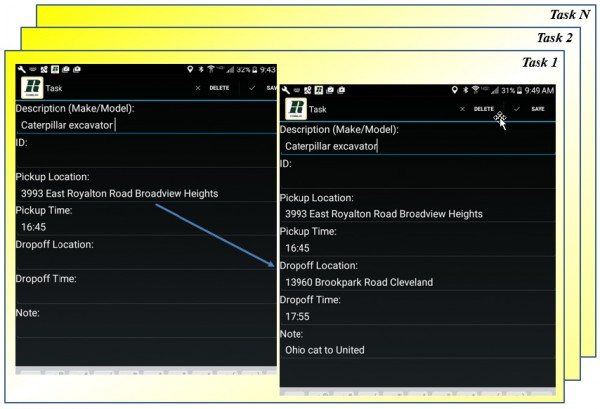 Dispatch has visibility to work-in-progress, and the information entered by the driver is incorporated automatically into the invoice.
Dispatch has visibility to work-in-progress, and the information entered by the driver is incorporated automatically into the invoice.
Process: Step 4 – Identify Issues and Track Progress
Ranger translates the process information into an operational dashboard for the Transport Manager. This provides visibility to potential issues (e.g., did the driver over-sleep) before they become major problems.
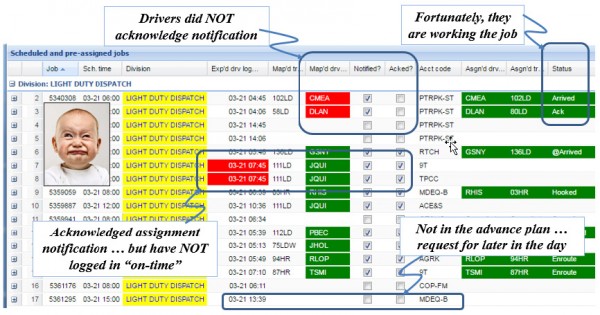 Heavy Duty Towing
Heavy Duty Towing
The basics for HD Towing are like LD Towing – e.g., dispatching and GPS tracking and mapping. However, the handling of the unique characteristics can make a huge difference in operations. Some capabilities in Ranger, designed specifically for HD Towing:
- Unlimited Extras for detailed invoicing – from airbags, to forklifts, to extra labor, to pallets, to unloading, to safety supervisors – any and all services delivered can be preconfigured with different rates by customer for automatic inclusion on the invoice
- Multiple trucks/services on one invoice with one-click – e.g., for a recovery: include the rotator to upright the 18-wheeler, the HD wrecker to tow the power unit, the tractor/trailer to tow the freight trailer, and the service vehicle for site clean-up
- Job-related driver commissions based on their role in providing services – e.g., for the recovery – rotator vs. HD Wrecker vs. clean-up (charges for each service provided by the driver multiplied by the commission rate for each service/driver)
- Easy split invoicing – e.g., for the carrier vs. the insurance company; for the towing vs. the storage of the power unit vs. the storage of the trailer
- Consistent pricing where needed, for example:
− Regulated rates applied to the job as set by different agencies
− Easy “smoothing” of hourly charges to avoid unwanted questions from customers on variances caused by circumstances such as traffic congestion - Flexible pricing – “pricing-on-the-fly” for unusual situations – e.g., weather
- Differentiated pricing – by shift – based on negotiated rates for each commercial customer, both hourly, and “hook & miles”
- Mobile app for driver notes (voice to text) and picture-taking
Heavy Duty Reliability
Functionality without reliability (e.g., high uptime, no app “crashes”) is of little value. Reliability is often an afterthought until the system is not working. Ranger has more experience in successfully operating a completely “cloud-based” tow management solution (SaaS – Software as a Service) than anyone else. Ranger has over 15 years of “lessons learned” – eliminating the “glitches” that others are still discovering.
And, Ranger has invested heavily for reliability/uptime. The solution is hosted in a commercial data center with redundant internet, power, and cooling — with the latest in physical and logical security. All data is backed up nightly. There is redundancy built into each component of the Ranger infrastructure architecture. And in a “worst case” scenario, Ranger even has a disaster recovery solution in place to fail-over to a different data center location. Ranger HD functionality comes with HD reliability.
Ranger SST for Heavy Duty — advanced technology for superior performance. If you are looking to grow your top and bottom lines, give us a call and let us put Ranger Service Solutions Technology to work for you!
For more information https://info.rangersst.com/ or 440.498.1495

